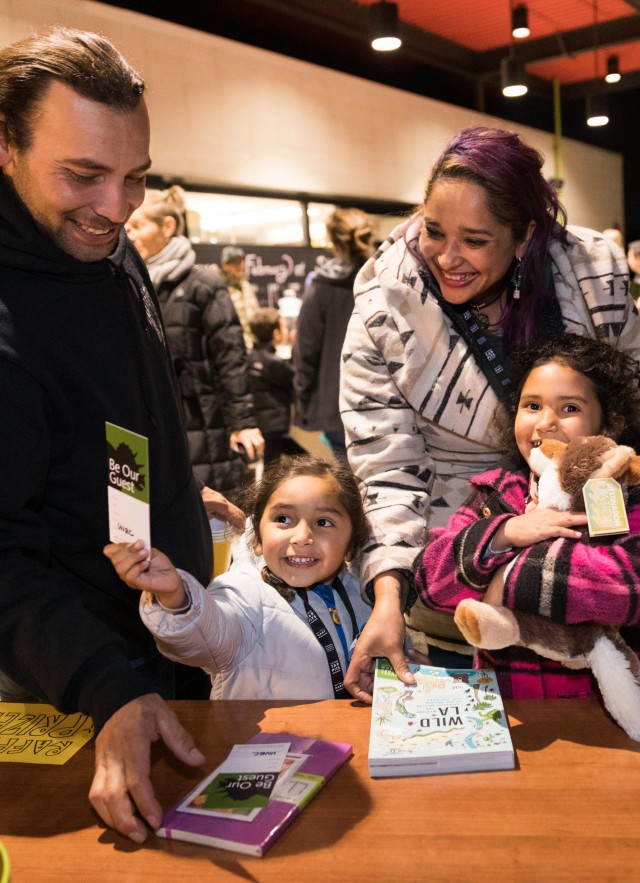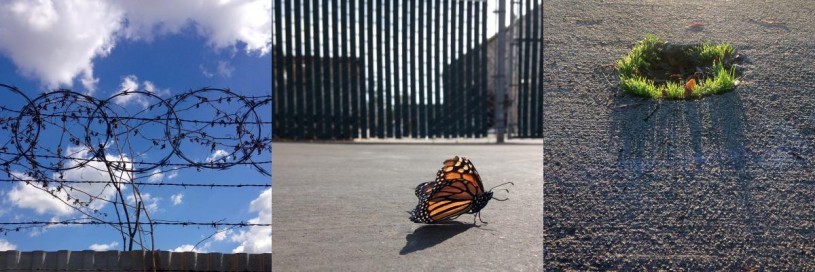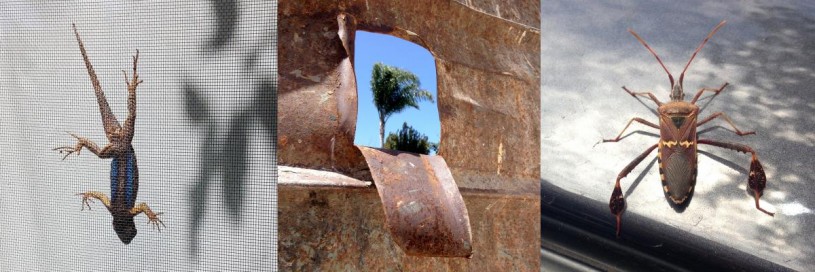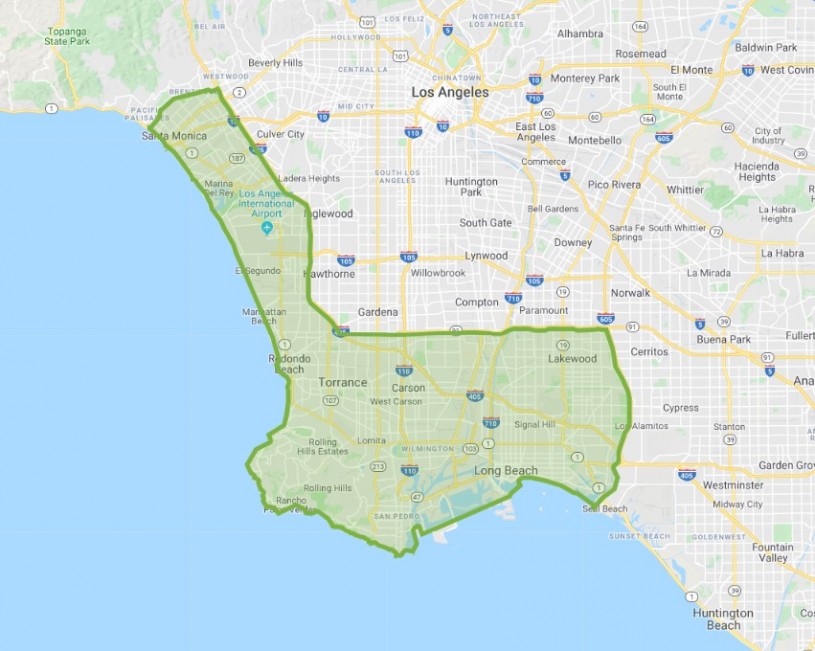The Hart Museum remains closed. Los Angeles County has approved a plan to transfer the William S. Hart Museum and Park from the County to the City of Santa Clarita.
Why You Should Join the SuperProject
When I participated in the Natural History Museum of Los Angeles County's SuperProject, I learned to see my little patch of Los Angeles in an entirely new way.

I have always admired the way that nature can be found everywhere. Using the (always at hand) camera on my phone, I have taken hundreds of photos of the intersection of wilderness and city, especially appreciating the startling appearance of plants and animals thriving against a backdrop of asphalt, concrete, and steel. But, when I participated in the Natural History Museum of Los Angeles County's SuperProject, I learned to see my little patch of Los Angeles in an entirely new way.

A few years ago, a group of scientists at NHM were struggling to learn more about nature in L.A. They had just formed the Museum's Urban Nature Research Center (UNRC), and were challenged by the fact that Los Angeles County is spread over an enormous geographical region, with heavily urbanized areas that are mostly private property. It was impossible for this small team of scientists to survey all of it on their own. This densely populated region is a major hub of transportation and industry, with new species arriving daily, and a climate that is agreeable to so many species of plants and animals that it allows them to flourish in their new home. How could these scientists possibly get an accurate picture of which species were living in L.A.?
UNRC scientists knew that there were many significant nature observations to be made in Los Angeles, but how could they find them? Then they had a brilliant idea--if they joined forces with local residents who were willing to survey their own neighborhoods, it would become possible to gain a much deeper understanding of nature in Los Angeles. They chose a broad area to try it in, and in 2016, they recruited their first group of SuperProject participants and designed an easy way for them to report their findings.

The SuperProject was free to join and it sounded interesting and educational, so I signed up. A friendly group of Museum scientists and educators invited the other participants and me to NHM for a brief training session. They taught us a lot of tricks about how to safely find and observe nature. They taught us photo tips, and how to use an amazing and easy-to-use-app called iNaturalist. And, they taught us how, by using our own smartphones and cameras that could automatically record the date, time, and precise location of our observations, we could submit photos of nature in our own neighborhoods that would then be used by Museum scientists as data points to answer scientific questions.
I made observations in my neighborhood a couple of times a month for a year, and it was fun! I learned more than I ever imagined about the wildlife and biodiversity of Los Angeles. I even surprised myself by learning to appreciate slugs and flies and squirrels in a whole new way. The Museum also invited us to special events, visits to nature centers, and great parties. I met some wonderful people of all ages who were participating in the project, and every time I went, I learned something new.
This exciting new form of crowdsourcing data has forever changed the way scientists study nature in big cities. Amassing data through this big community effort gives us new opportunities to understand biodiversity in cities, knowledge that may some day act as a guide for more sustainable urban planning that will help us to better coexist with wildlife.
A few years have passed since that first SuperProject, and each year it has gotten bigger. I now work as a Community Science Coordinator at the Museum, and I am looking forward to showing future SuperProject participants some of the fun and interesting things that I have learned through this project. I hope to see you there!
UPDATED for SuperProject 4:
How can you participate? This year's project, SuperProject 4, will require a little bit of your time each month for one year, starting in March of 2020. You will also be invited to one three-hour training session at the Museum to get you started (in February and March of 2020).
You must live inside the study area to participate. Here is a map of the SuperProject 4 study area, which covers an area of Los Angeles on the coastal side of the 405 and 91 freeways, from The Palisades to Long Beach:

You will need access to a smartphone or GPS-enabled camera and the internet to share your observations. People of all ages are encouraged to join the SuperProject!